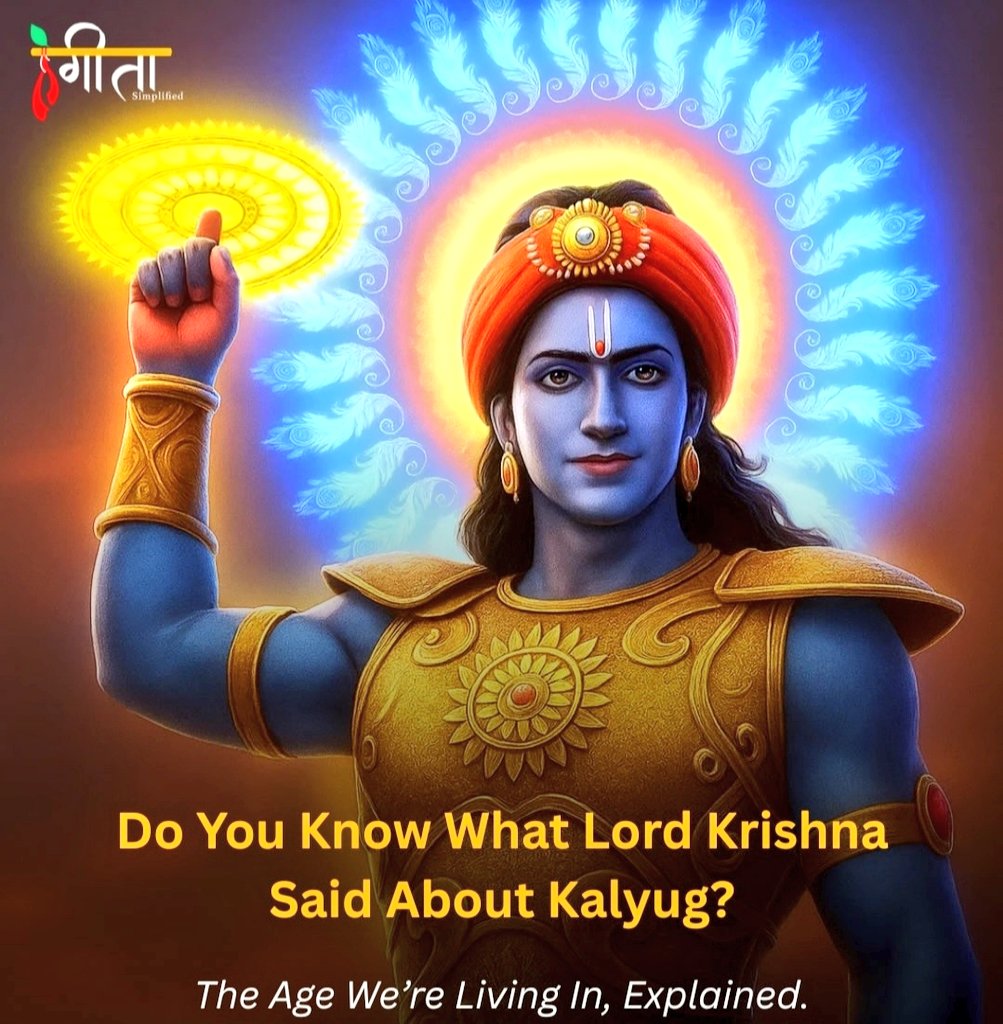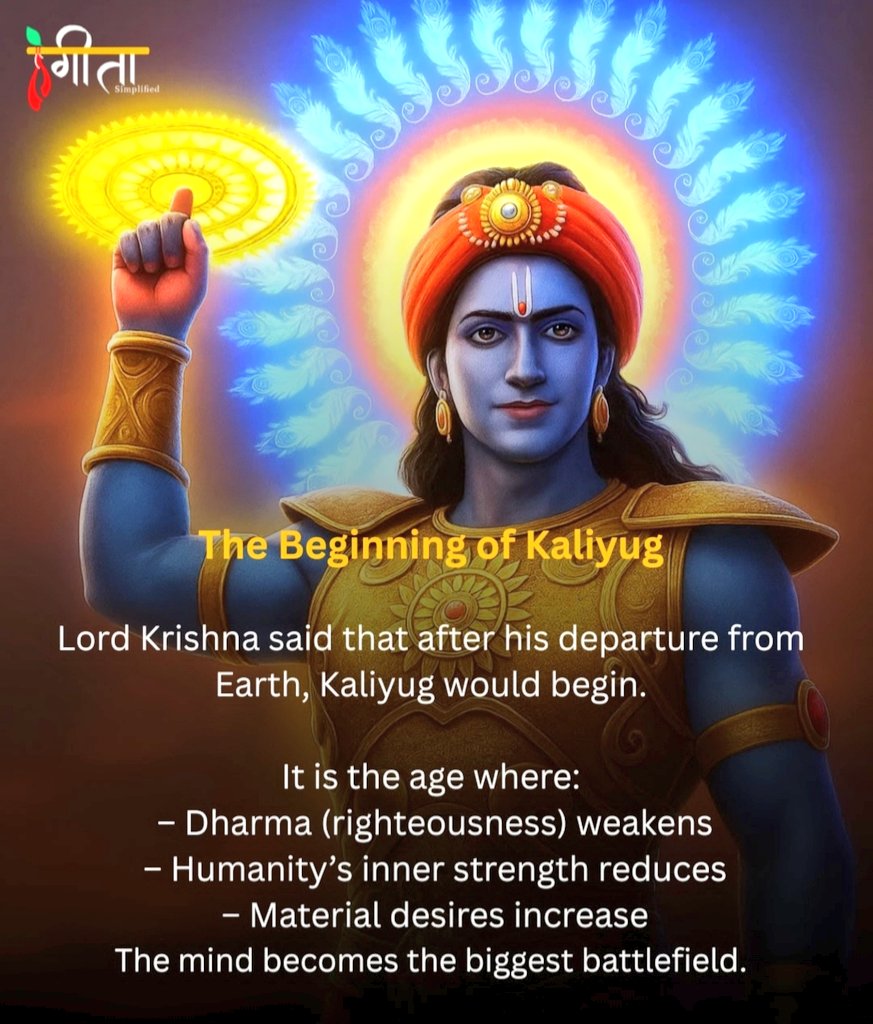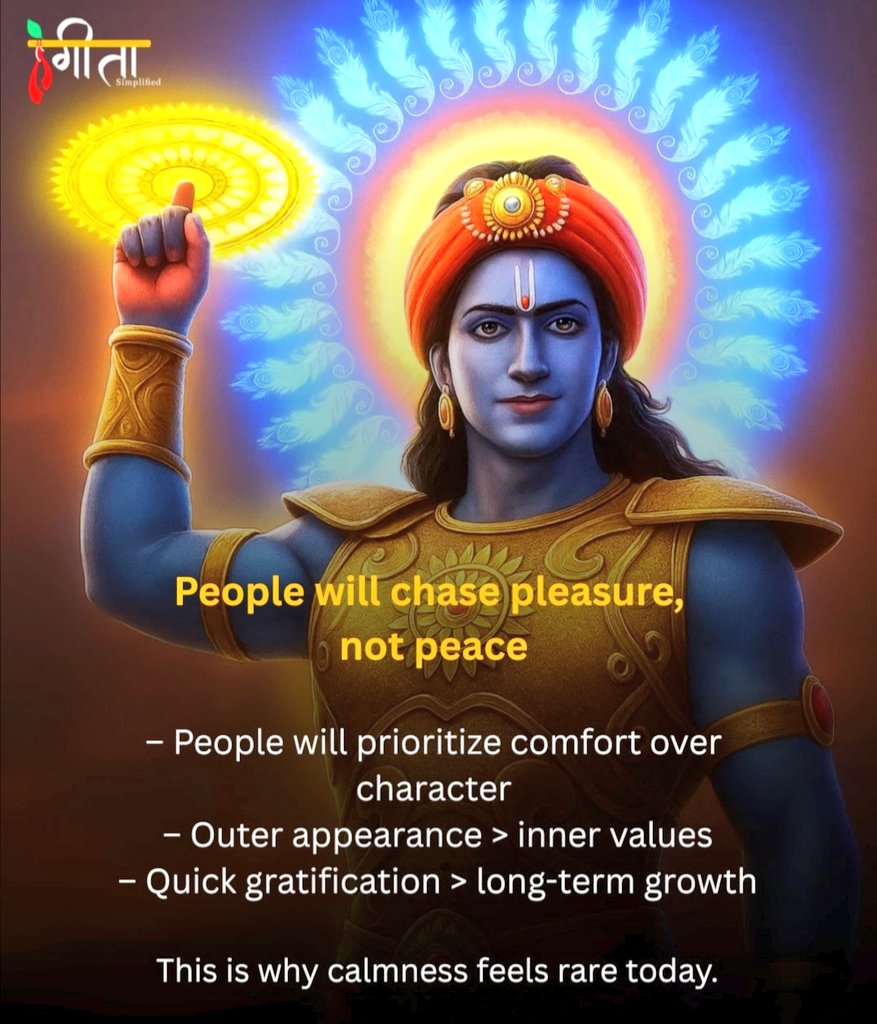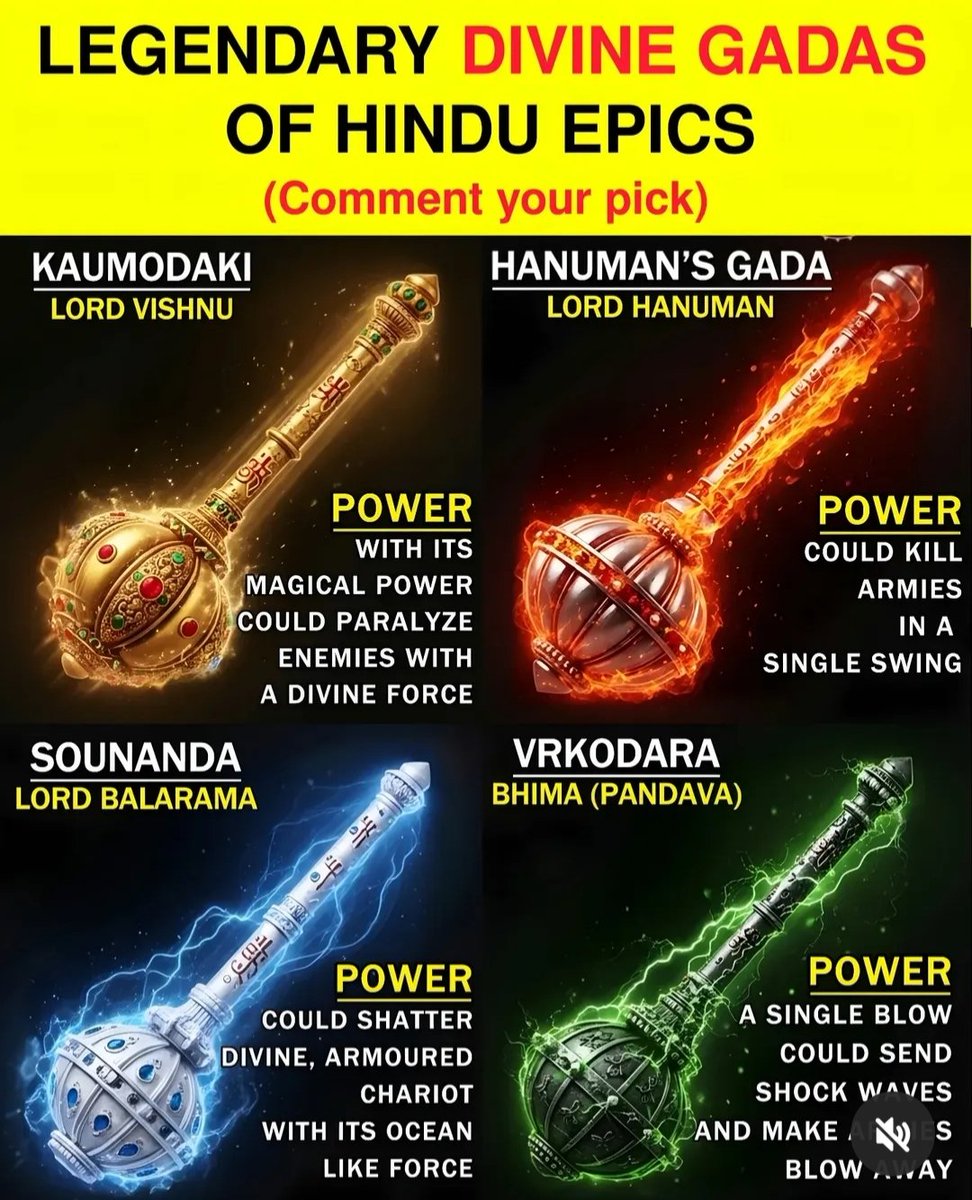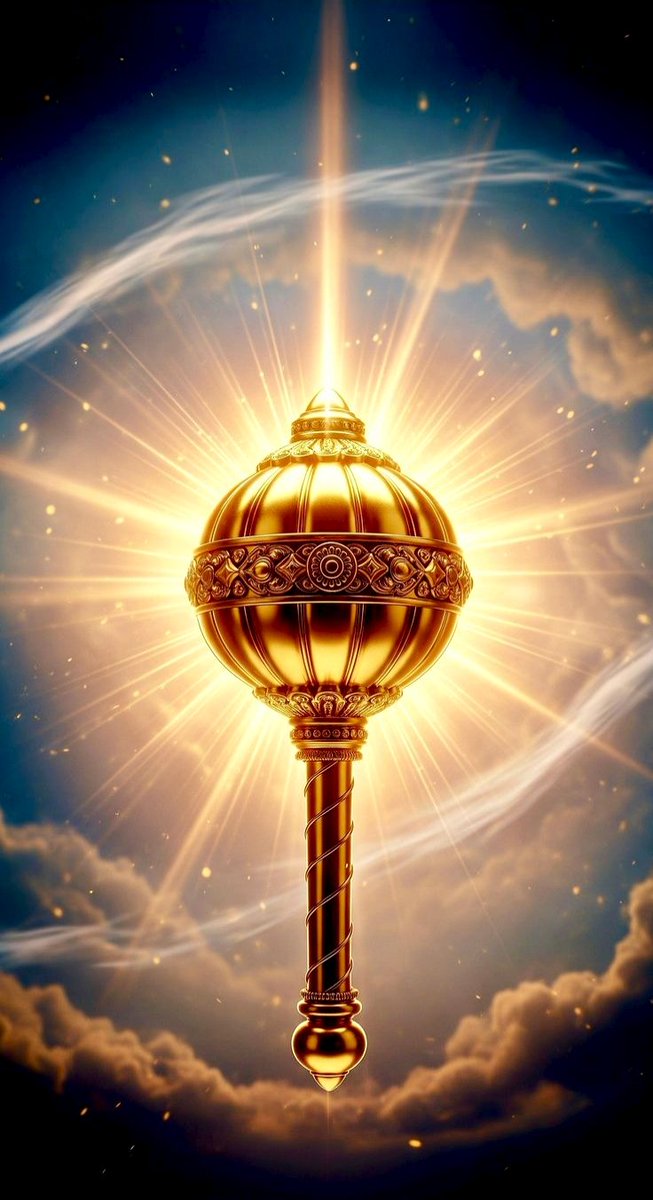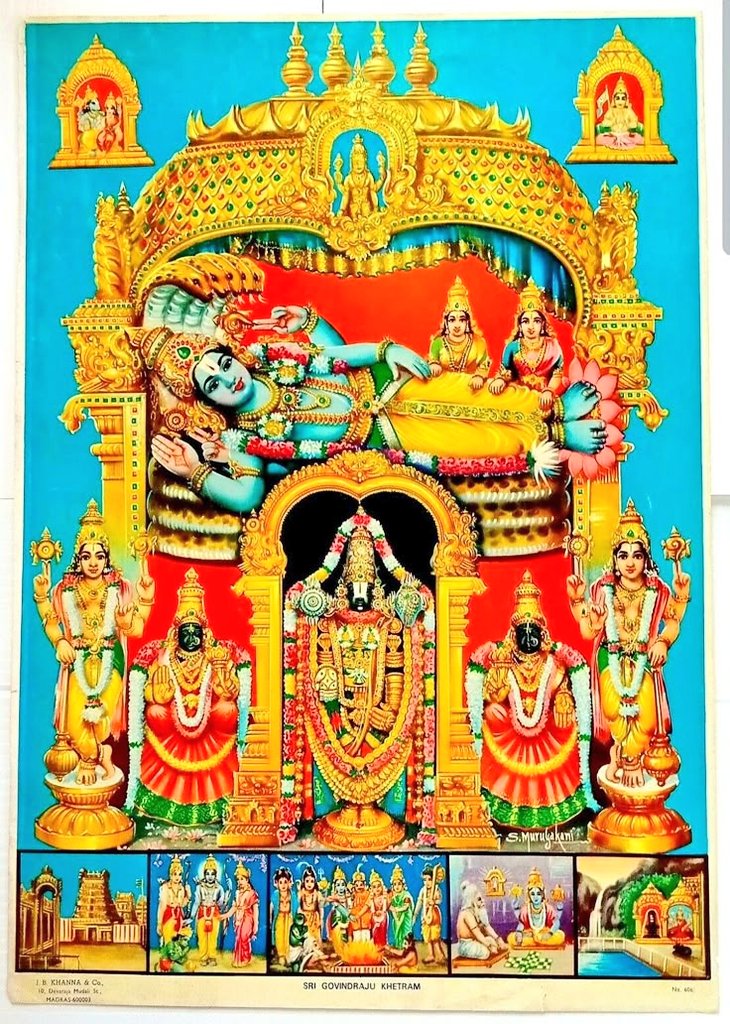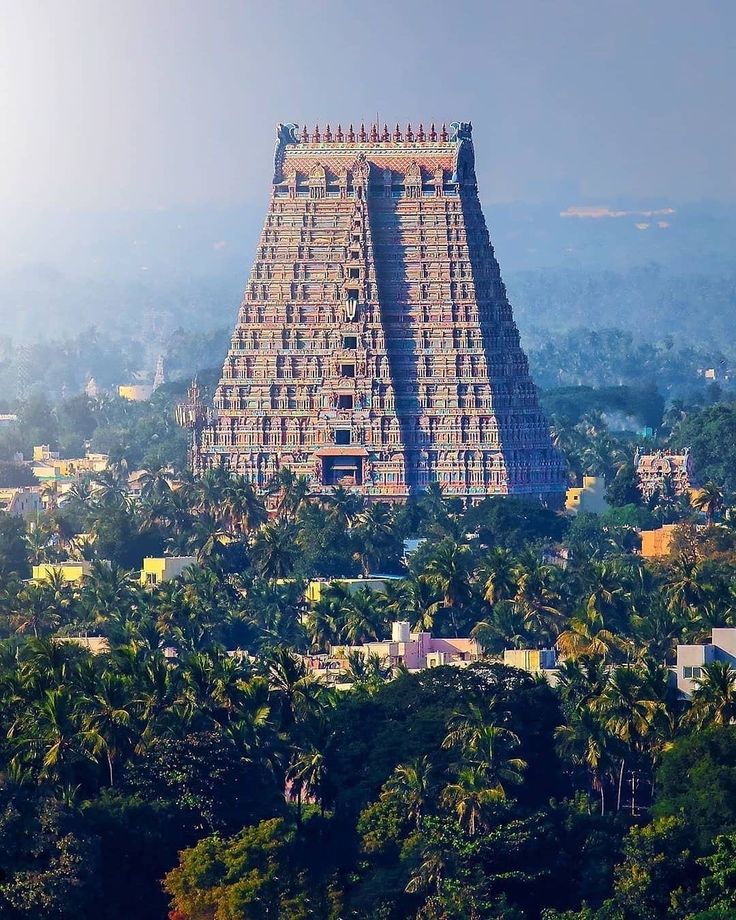🌺Mannarsala Sri Nagaraja Kshetram is an ancient pilgrimage centre situated in southwest Kerala.Of all places of serpent worship in world, there's none that's more benign,awe-inspiring& legendary than Mannarsala,as blessed&envisaged by Bhagwan Parshuram,the creator of Kerala.
1/n
1/n

Sree Nagaraja is the main deity at the Mannarasala Temple, Sree Nagaraja is Brahma, Vishnu and Mahesh in one. The deity represents Anantha (Vishnu swaroopa) and Vasuki (Siva in spirit). Various daily poojas and special poojas are offered to Sree Nagaraja throughout the year.
2/n
2/n

Unlike other temples, a Brahmin priestess performs all the major poojas & rituals in this temple.She is called
Mannarsala Amma who is the supreme priestess of the Mannarsala Temple.She is the mother of Sri Nagraja who performs all major poojas on the auspicious days.
3/n
Mannarsala Amma who is the supreme priestess of the Mannarsala Temple.She is the mother of Sri Nagraja who performs all major poojas on the auspicious days.
3/n

The evolution of Mannarasala as the supreme place of worship of the serpent Gods is associated with Bhagwan Parshuram,the son of Jamadagini and descendant of Bhrigu.When Parashuram decided to seek atonement from the sin of killing the Kshatriyas,he approached the holy Rishis.
4/n
4/n

They suggested that he should make a gift of land of his own to the Brahmins.Parashuram propitiated Varun Dev(the God of Seas)to get some land for himself.
Varun appeared before and advised him to throw his Parashu,which Mahadev had given him,into the sea to reclaim land.
5/n
Varun appeared before and advised him to throw his Parashu,which Mahadev had given him,into the sea to reclaim land.
5/n

He throws it &raises a piece of land from the sea &gives it as a gift to the Brahmins.This land is believed to be present-day Kerala &hence called God's own country.
At beginning Kerala was inhabitable because of salinity.Not even vegetables grew there&people began to leave.
6/n
At beginning Kerala was inhabitable because of salinity.Not even vegetables grew there&people began to leave.
6/n

Bhagwan Parashuram was pained at this. He undertook penance to please Bhagwan Shiv, who advised him that the objective could be realized only if the flaming poison of the serpents was spread everywhere and that the only means of doing that was the worship of Nagaraja.
7/n
7/n

Parashurama, a yogi, firm of will and above all desire, decided that he would take no rest until he saw Kerala come up as a land of evergreen beauty full of trees and plants, prosperous in every way.
8/n
8/n

He set out with his disciples in search of a deserted jungle in order to please Nagaraja who was inaccessible and beyond anybody's understanding. He found a suitable place near the seashore in the southern part of Kerala.
9/n
9/n
Satisfied with having found a proper place for the realization of his cherished dream, the great Rishi constructed a Thirthasthala for the performance of penance.
Nagaraja, who was pleased with the penance, appeared before Parashuram, willing to grant him his desire.
10/n
Nagaraja, who was pleased with the penance, appeared before Parashuram, willing to grant him his desire.
10/n

Parashuram prostrated at the lotus feet of Nagaraja and prayed to realize his objective. Nagaraja granted his request with great pleasure. Ferocious serpents arrived at the spot at once to spread the flaming Kalakuda poison.
11/n
11/n

Because of the percolation of poison, the land of Kerala was desalinated, to become habitable with greenery. Parashurama then requested the God to bless the land forever with his eternal presence, and that was also accepted by the kindly-disposed Nagaraja.
12/n
12/n

At a very auspicious moment, Parashurama installed, according to Vedic rites, Nagaraja, who is Brahma, Vishnu and Siva in one in the 'Thirthasthala' (Hall of pilgrimage) surrounded by Mandara trees, the place then known as Mandarasala.
13/n
13/n
The installed deity here represents Anantha (Vishnuswaroopa) and Vasuki (Siva in spirit). The installations of Sarpayakshi, Nagayakshi and Nagachamundi, the Naga deities, as well as of their associates were conducted in the proper places with the proper rituals.
14/n
14/n
Parashurama performed to the accompaniment of Vedic recitation and singing of Sama, Abhishekam, Alankaram, Neivedyasamarpanam, Neeranjanam, Sarpabali and other rites pleasing to the serpents and thereby made all the serpents happy.
15/n
15/n

Parashurama brought learned people from other regions; installed Durga and other deities in different places; appointed Brahmins who were Tantric experts for performing poojas; nominated Kshatriyas, peasants and the Ashtavaidyas who were supreme among the physicians.
16/n
16/n

After giving important instructions to be followed to preserve the sanctity of the place, Bhagwan Parashurama left to do tapas on Mahendra mountains.
🙏🌺
17/17
🙏🌺
17/17
• • •
Missing some Tweet in this thread? You can try to
force a refresh


